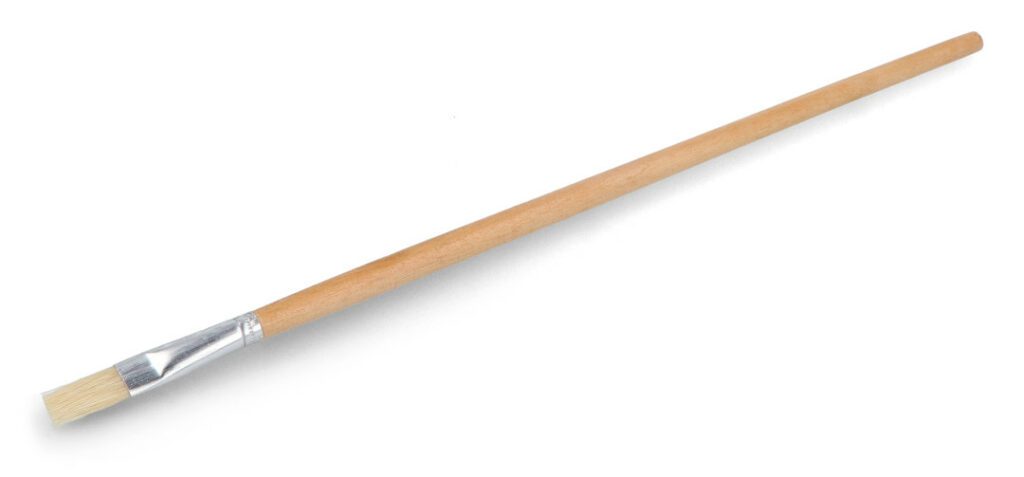Table of Contents:
Today, we are surrounded by advanced technologies on all sides, and electronics have become an integral part of our daily lives.
However, along with the benefits of using advanced devices, there are also some challenges associated with maintaining their reliability and durability.
In this regard, practical accessories such as anti-static brushes are useful.
They play an important role in maintenance work and service of electronic components.
Find out what ESD brushes are specifically and for whom they are an essential piece of equipment.
What are anti-static brushes?
Anti-static brushes are tools commonly used in the electronics field to prevent the build-up of static electricity on the surfaces of electronic devices.
ESD discharges can cause a variety of problems, such as chip damage, short circuits and interference with equipment operation.
Such brushes usually have tips made of conductive materials – such as carbon fiber or plastic, which allows them to effectively dissipate static electricity from the surface of devices.
These fibers are delicate, which minimizes the risk of mechanical damage to individual electronic components.
The brush handle can be made of wood or plastic.
How do anti-static brushes work?
The basic mechanism of action of antistatic brushes is the ability to neutralize electrostatic charges.
When the brush touches a charged surface, electrons are transferred from the area of higher charge to the area of lower charge, neutralizing ESD and preventing the accumulation of new charges.
This makes anti-static brushes an effective tool in preventing electronic damage and keeping sensitive surfaces clean.
What are anti-static brushes used for and how can they be used?
As you already know from the first paragraphs of this article, antistatic brushes are tools used to reduce and control electrostatic charges on various surfaces.
Such equipment is used in many fields, and its main purpose is to prevent ESD from concentrating on an object, which can lead to many problems.
Electrostatic brushes are thus widely used in the electronics industry, especially in equipment manufacturing and maintenance. They can be used to clean electronic components – including, but not limited to: printed circuit boards, microprocessors and static-sensitive surfaces. In addition, the described brushes are useful in computer assembly, where they can help eliminate potential damage caused by electrostatic discharge.
Another area of application for anti-static brushes is working with delicate materials, such as photographic lenses and film materials.
In these cases, even a small electrostatic charge can attract and hold dust particles, which in turn leads to difficulties in maintaining cleanliness and aesthetics.
Anti-static brushes make it possible to effectively eliminate the bothersome problem, improving the quality of work.
At home, the ESD brush can also be useful for the care and cleaning of various types of devices, including cameras, smartphones or individual components of electronic projects, such as circuit boards. minicomputers Raspberry Pi or Arduino.
What types of anti-static brushes can be found on the market?
With a wide range, you can easily find an anti-static brush that will suit the specifics of different applications and your needs.
One of the basic divisions is the material of the handle and bristles of the brush.
A popular choice is ESD wooden brush, but versions with a plastic handle are also available on the market.
The size of anti-static brushes is also important.
The variation in the size of such accessories makes it possible to adapt the tool to a specific task.
Brushes with smaller heads can be used for precise work in hard-to-reach areas, such as microscopic lenses or crevices in electronic equipment, while larger brushes and ESD brushes are perfect for cleaning large surfaces, such as screens or equipment cases.
Who should equip themselves with an anti-static brush?
Anti-static brushes are particularly useful for those working in areas where ESD can lead to problems with equipment functioning.
This includes professionals, involved in the operation and maintenance of electronic, optical and laboratory equipment.
These are useful accessories also for enthusiasts of photography, stamp collecting or DIY electronic projects – the antistatic brush will come in handy, for example, when soldering components on printed circuit boards.
With it you can maintain perfect cleanliness of various types of equipment and effectively prevent damage to equipment.
How useful was this post?
Click on a star to rate it!
Average rating 4 / 5. Vote count: 1
No votes so far! Be the first to rate this post.




















